Finnish Ruisleipä
Finland loves its rye bread. Though it has perhaps the mildest climate of the Nordic countries, the northernmost parts of Finland are in the Arctic Circle, snow lies on the ground for 6-8 months of the year, and parts of Finland go without light for months in the winter. Rye is the hardiest of cereal grains, and whole grain rye breads store better than other types of bread, so it makes sense that when Finland voted on a “National Food” in 2017, Rye Bread was the overwhelming choice.
Rye bread is tricky to make, 100% whole grain rye trickier yet. Rye is low in gluten, which wheat breads rely on to trap carbon dioxide produced by yeast, causing the rise and crumb structure we recognize as desirable in breads. Rye breads, however, depend on pentosans, a complex sugar that can create a comparable matrix to those created by the long chains of glutens created when dough is kneaded. However, pentosan structures do not take well to being kneaded. Due to these differences, the dough for a rye bread must be handled differently, worked less before baking and rested longer after baking to allow the bread’s structure to set. In addition, since rye is higher in the amylase enzymes that break starches into sugars, high-rye breads are often sourdoughs, since the acids produced by a sour fermentation can suppress those enzymes. Rye doughs are wet and unfamiliar, less elastic than wheat doughs and difficult to shape. Hence the flatter breads of Finland.
Ruisleipä is a Suomi word meaning “rye bread.” Finnish rye bread is a whole grain sourdough, and comes in many forms–the rough round limppu of eastern Finland and the toroid Reikäleipä of Western Finland, the flat rounds of Ruispala, the standard rectangular loaves. As with the Butterbrot of Germany or the Smørrebrød of Denmark, Finland’s Ruisleipä is often spread with butter and topped with a variety of local ingredients to make open face sandwiches.
The bread, though. Getting the bread right is vital. I’ve often said that a good sandwich starts with the right bread, and when the sandwich is named after the bread that’s even more true. Finnish people going abroad often bring bread with them, and it’s the first thing Finnish expats ask for when expecting visitors from the homeland. It’s difficult to find Finnish bread in the US, though there is apparently a company named Nordic Breads in NYC selling them locally. Bit of a haul for me, though, and Finland farther still.
Amest’s Rehe Dark Rye bread is available on Amazon though, similar to a Finnish Ruispala type of bread. It comes three to a package, flat 4″ rounds partially split like an English muffin. I wanted to try making my own bread, but this seemed like a good place to start.
The Rehe bread has a grainy and slightly crusty exterior, with a somewhat stiff but soft and chewable crumb with great sourdough flavor. Despite the limitations of rye, they’ve managed to achieve a decent hole structure, though the bread round as a whole is less than half an inch thick.
If this is representative of Finnish bread, I understand their national obsession with it to an extent. It’s truly fantastic, even simply spread with some good butter.
Though it was absolutely outstanding made into a full open sandwich, with smoked salmon, cucumber, tomato, onion, a sprig of dill and a squirt of lemon juice.
I wanted to try making my own Ruisleipä though. I found a recipe that looked promising. Problem #1 was that the recipe called for creating a sourdough started with another Finnish bread. The Rehe solved that, though I added some grape skins to the starter for additional natural yeasts. Problem #2 was simply rye flour. All that stuff I wrote in my second paragraph about rye? I did not know that a few weeks ago. On my first attempt at making the bread, I did everything wrong. I worked it too long, made the loaves too big, I accidentally shook the peel as I was putting the dough in the oven, causing dough to splatter everywhere, and I cut into the bread too soon, essentially destroying its structure.
The second attempt was better. This time, I made a loaf.
This turned out to be pretty good, a nice sour flavor from the starter, and a decent hole structure, at least for rye bread.
As for the sandwiches, Finnish Ruisleipä follow many of the same patterns as other Northern European open sandwiches. Fish, meat, eggs, cheese, pickles, vegetables, salads. The uniqueness of this sandwich comes from the bread and from a few local delicacies that enhance it. Some of the combinations we tried probably come close. Some don’t. Above all it’s the bread that makes this sandwich Ruisleipä.
- Finnish cheese
- Finnish mushroom salad
- Herring fillets in aspic
Our first attempt was fairly simple, ham and Finnish cheese with boiled eggs. This was requested by my 11yo son, who is not one to enjoy onion, tomatoes, pickles, etc., on a sandwich. He appreciated this sandwich for its simplicity but it still boasted big flavors, from the ham, the cheese, the bread.
- Simple ruisleipa with ham, cheese, boiled egg
- Simple ruisleipa with ham, cheese, boiled egg
Mindy and I elected to start with a sandwich of ham and Finnish Sienisalaatti, or mushroom salad. The salad is made from mushrooms (I used button, shiitake, and some reconstituted dried Polish mushrooms) and a less sweet form of whipped cream, with malt vinegar and chives. I put sliced cucumbers on mine, and Mindy used both cucumber and tomato.
- Ruisleipa with ham, mushroom salad, cucumbers, dill
- Ruisleipa with ham, mushroom salad, cucumbers, dill
The earthy, savory richness of the mushrooms and cream were a magnificent combination with the simple salty baked ham, and the crisp cucumbers were a welcome textural addition, though their flavor got lost a bit among the stronger players in the sandwich.
Finally, we decided to try herring in aspic. The aspic was not as gelatinous as I expected, consisting of more of a broth than the savory jello I recall from the Dyrlaegens Natmad, or the aspic dishes I’ve enjoyed at various Polish restaurants. Without the hoped-for solid aspic, the herring was simply a tinned fish–good, but not what I expected. A variety of additional ingredients helped make this sandwich more interesting.
- Ruisleipa with herring, cucumber, boiled egg, tomato, onion
- Ruisleipa with herring, cucumber, boiled egg, tomato, onion
I have barely scratched the surface of the different types of sandwiches one could make with Ruisleipä. I look forward to trying more combinations on this bread, but to be honest, I could eat it with a simply swipe of butter and be happy. Finnish Ruisleipä is a great sandwich but an even more fantastic bread. If you know of anybody planning a trip to Finland, ask them to bring you some. Ask them to bring me some too.

I like sandwiches.
I like a lot of other things too but sandwiches are pretty great


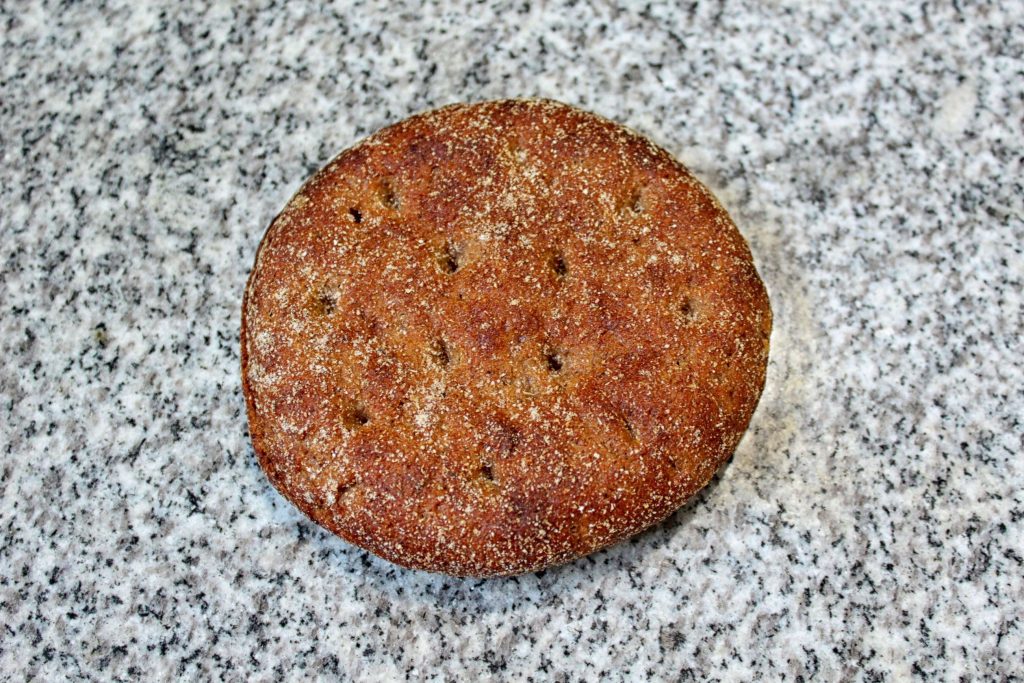
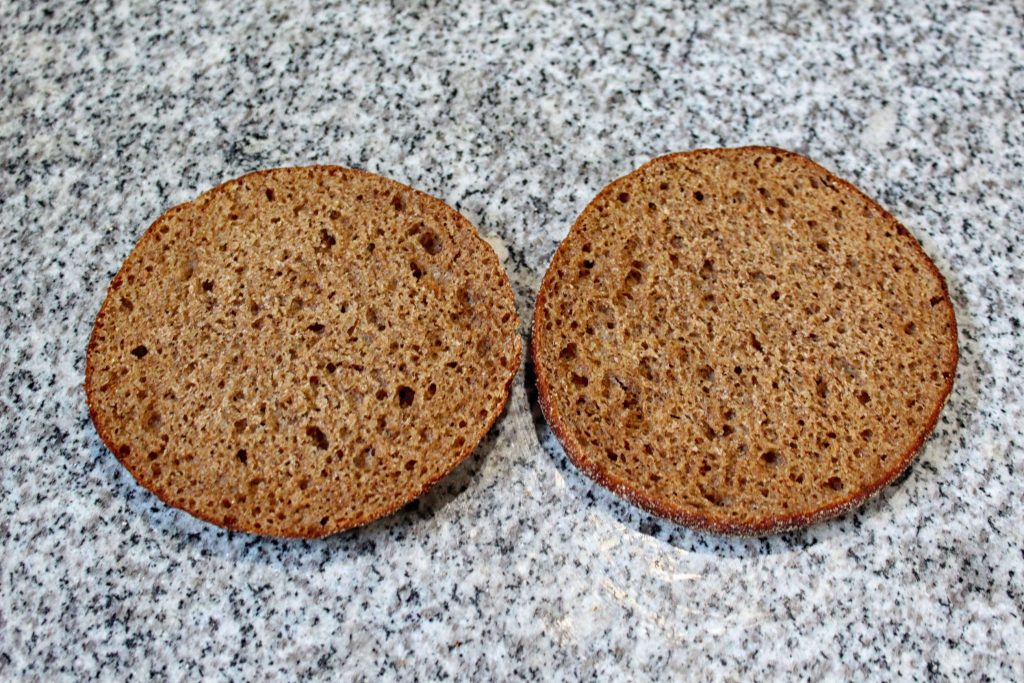
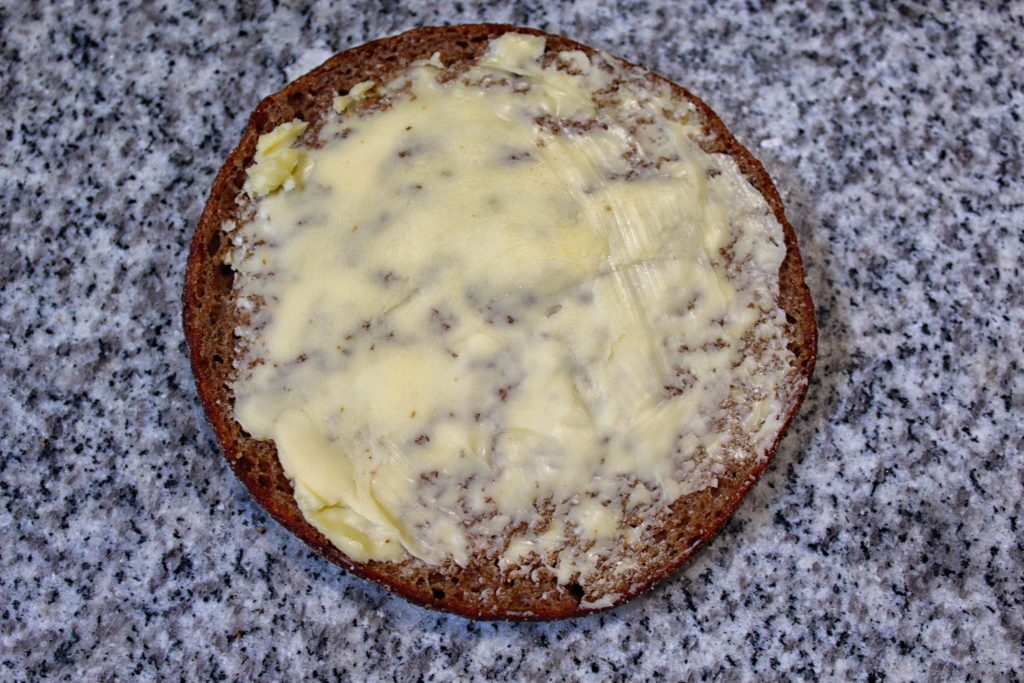
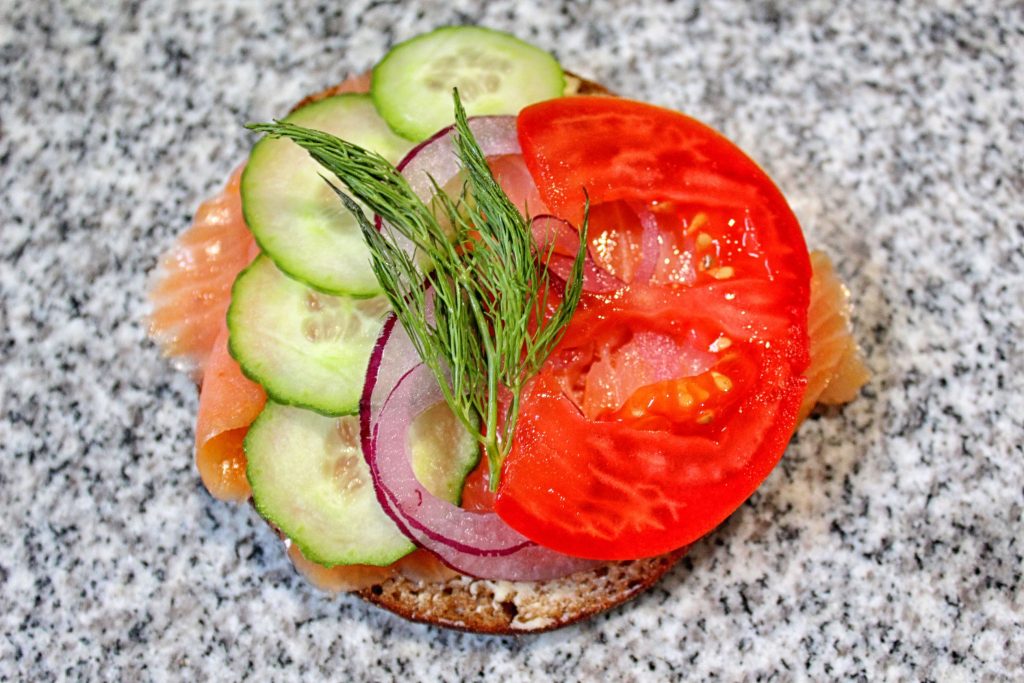
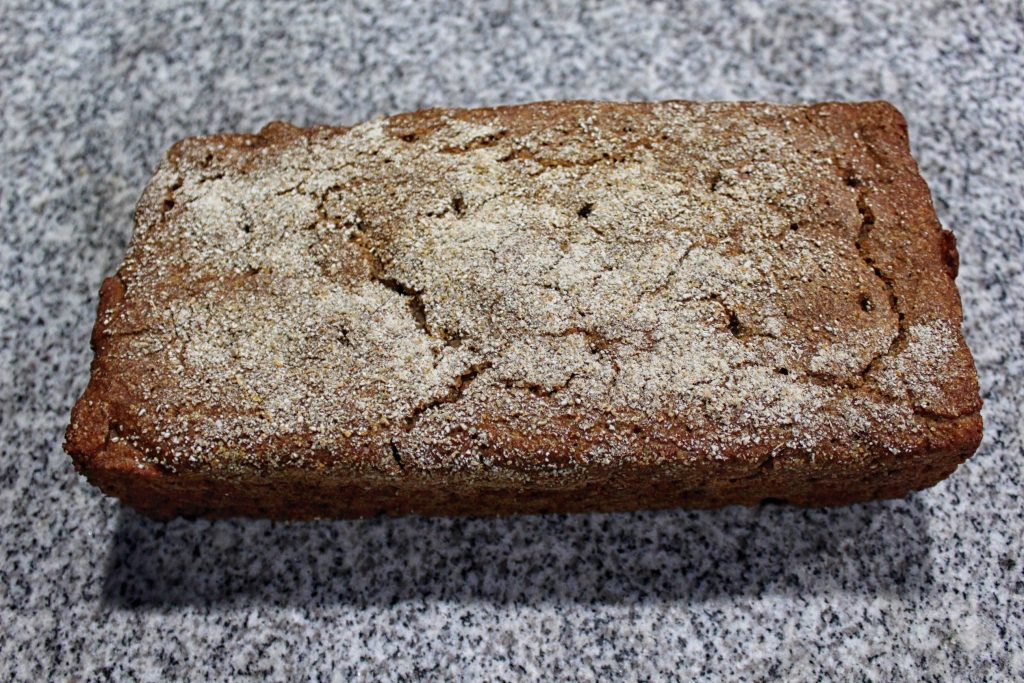
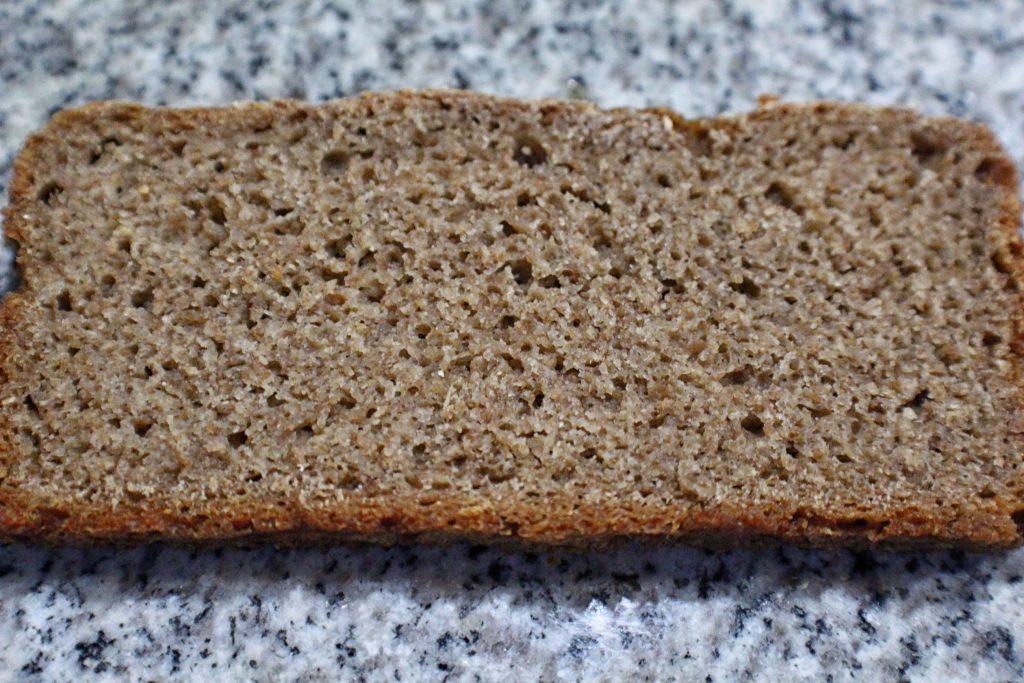
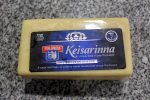
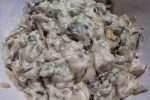
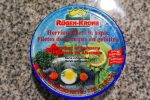
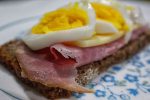
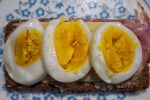
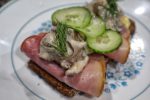
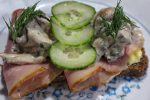
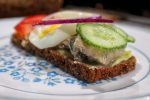
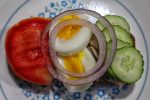
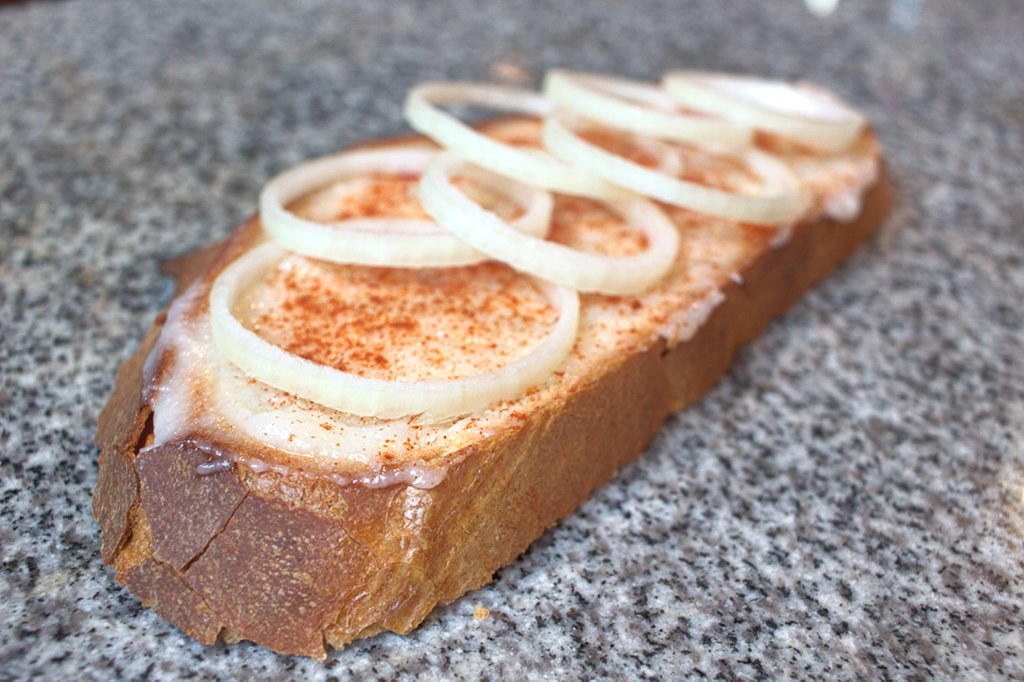








omg ruisleipä is so good